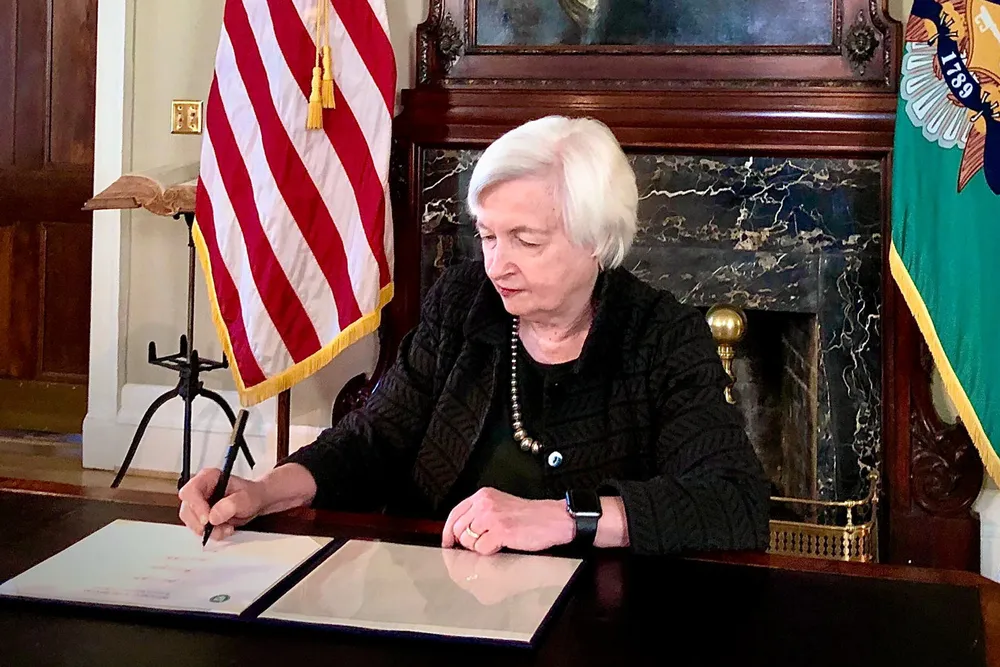US may not publish all-important rules on clean hydrogen tax credit until next year: report
Internal debates continue to rage over whether or not to put conditions on green H2 producers to avoid extra fossil power on the grid

Internal debates continue to rage over whether or not to put conditions on green H2 producers to avoid extra fossil power on the grid
